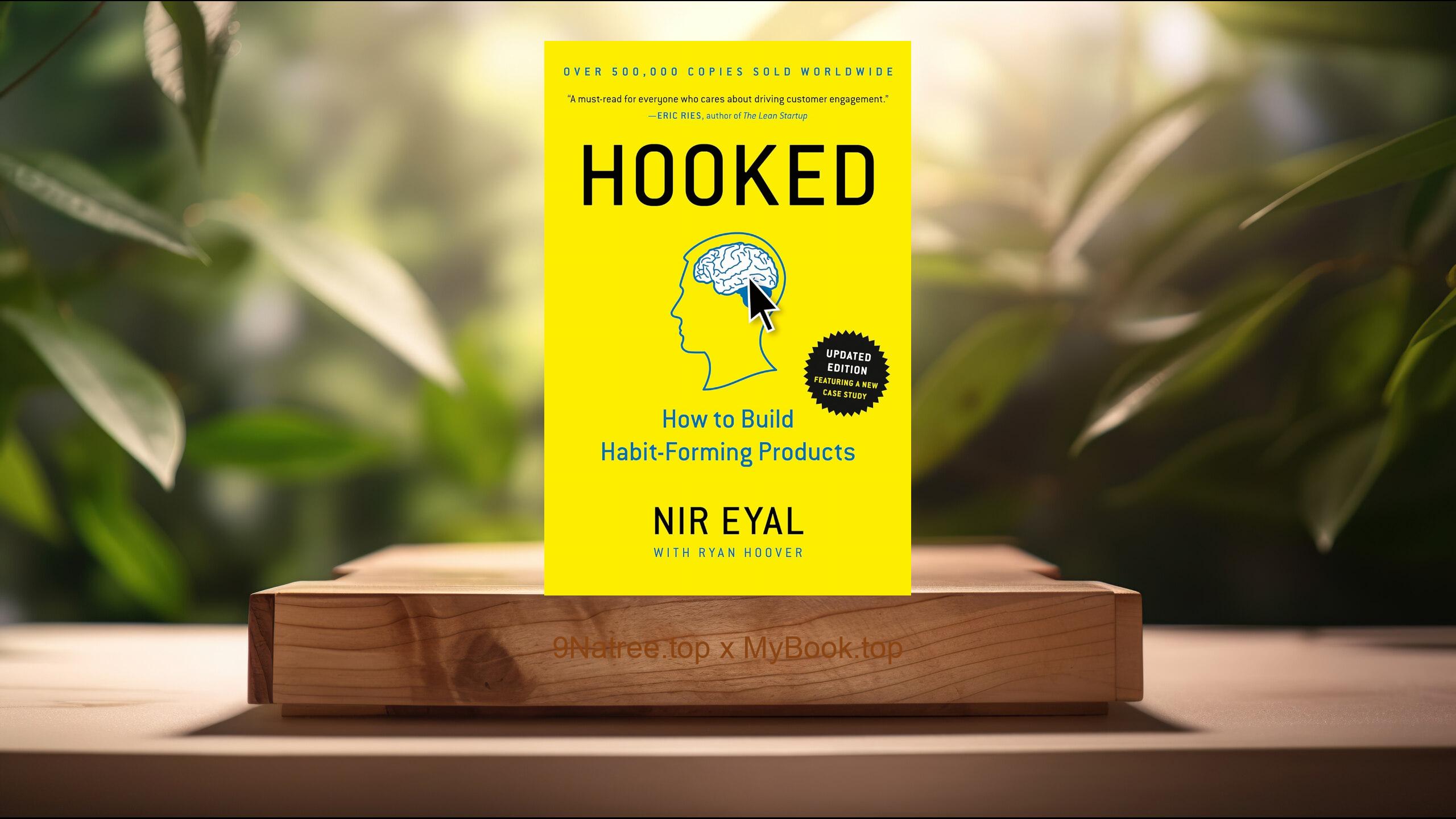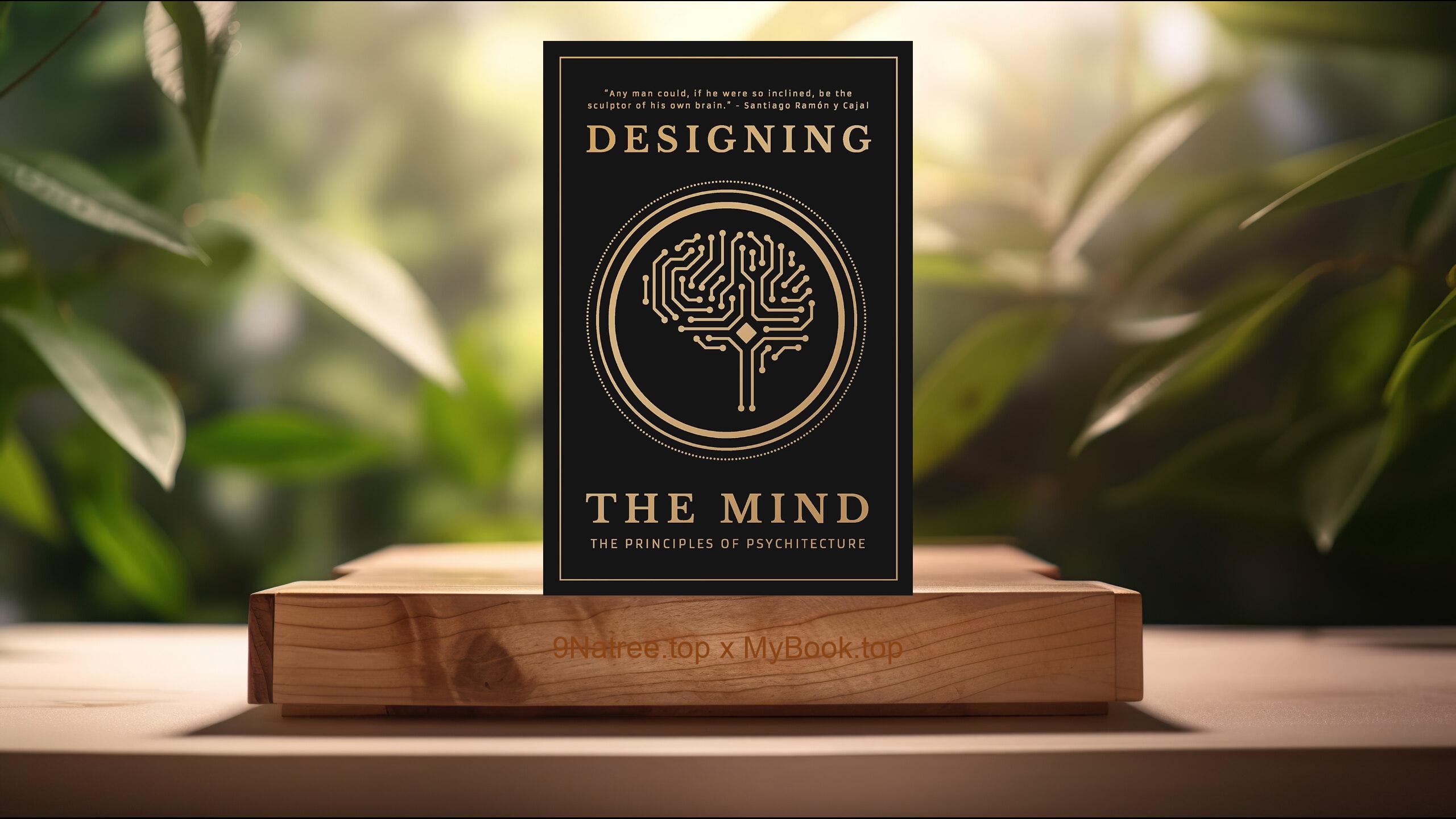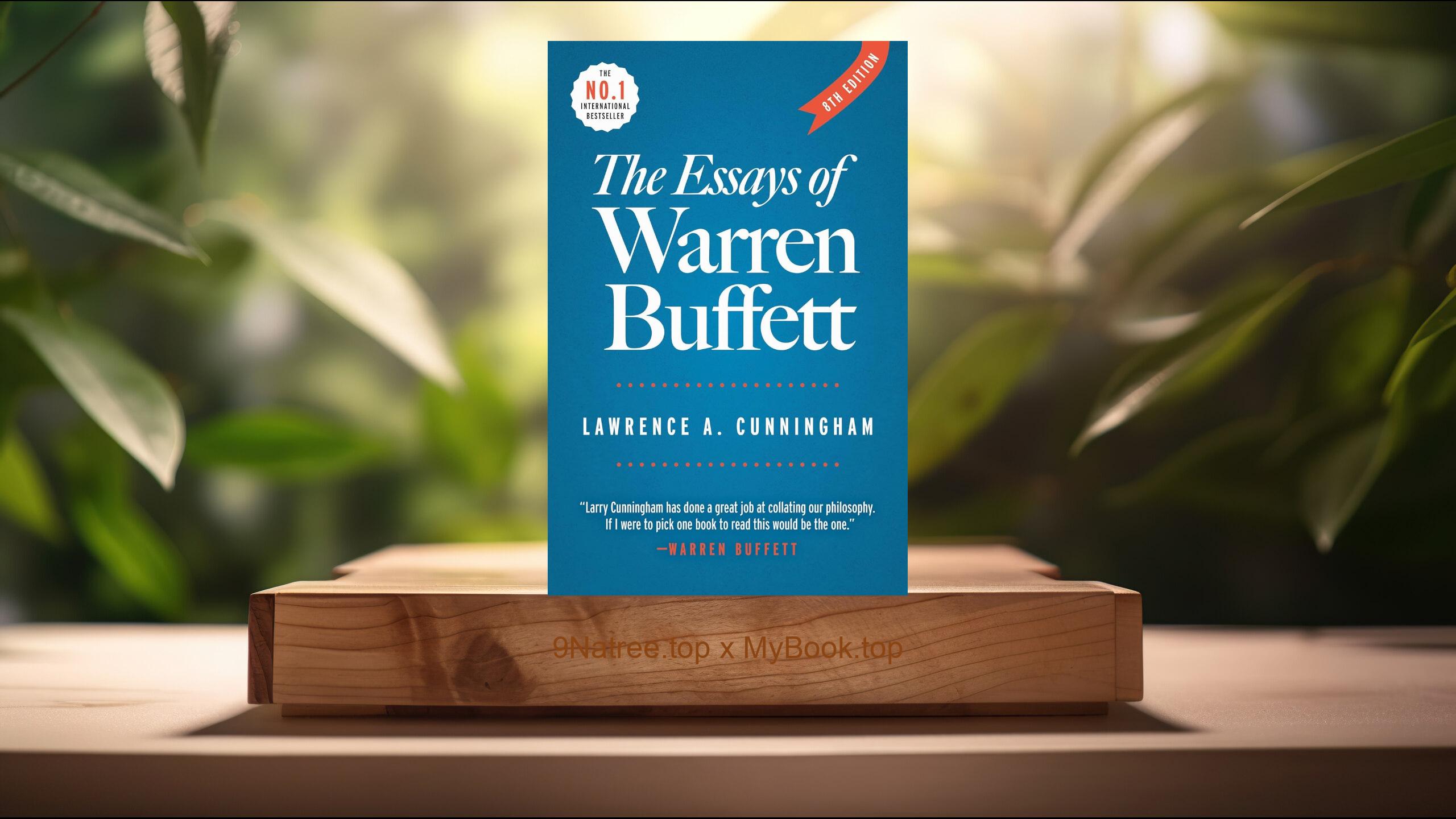Show Notes
Buy on Amazon: https://www.amazon.com/dp/B016JPTPDW?tag=9natree-20
Read more: https://mybook.top/read/B016JPTPDW/
#Emotionalagility #SusanDavid #Selfhelp #Personalgrowth #Mindfulness #Emotionalintelligence #Resilience #EmotionalAgility
These are takeaways from this book.
Firstly, The Concept of Emotional Agility, Emotional Agility is the process of navigating life's twists and turns with self-acceptance, clear-sightedness, and an open mind. Susan David introduces readers to the concept by stressing the importance of emotions in our lives. Instead of categorizing emotions as either 'good' or 'bad,' David explains that all emotions can provide valuable insights into our deepest desires and values. She argues that emotional agility involves a four-step process: showing up to your emotions with curiosity and kindness, stepping out by detaching from and observing them, walking your why by aligning your values with actions, and moving on by making small, deliberate tweaks to your mindset and habits.
Secondly, Showing Up to Your Emotions, The first step of emotional agility, 'showing up,' is about facing your emotions head-on rather than denying or avoiding them. Susan David emphasizes the importance of acknowledging and accepting emotions for what they are. This step requires individuals to practice self-compassion and understand that having so-called 'negative' emotions is part of the human experience. David suggests practical strategies like journaling and mindfulness as tools to better understand and accept our emotional states. By showing up to our emotions, we can begin to untangle the web of thoughts, feelings, and behaviors that keep us stuck.
Thirdly, Stepping Out of Your Emotions, After recognizing and accepting emotions, the next step is to ‘step out’ and gain a new perspective on them. This involves seeing our thoughts and feelings for what they are – just thoughts and feelings, not facts or directives. Susan David teaches readers how to create space between themselves and their emotions by labeling them and viewing them objectively. This detachment doesn’t mean ignoring how we feel but instead, it allows us to understand our emotions without being overwhelmed by them. This critical distance enables better decision-making and helps individuals respond rather than react to challenging situations.
Fourthly, Walking Your Why, Walking your why refers to the practice of aligning your day-to-day actions and decisions with your core values. Susan David asserts that understanding what truly matters to us can act as a compass that guides our decisions, enabling us to lead more fulfilling lives. This part of emotional agility involves a deep self-reflection process to identify our core values and reassess them regularly as we grow and change. David offers practical advice on how to live according to these values, even (or especially) when it feels difficult, by setting intentions and making conscious choices.
Lastly, Moving On Through Small, Deliberate Changes, The final step of emotional agility is about actively making changes that align with our values and who we want to be. Susan David emphasizes the importance of taking deliberate, manageable steps towards change, rather than attempting massive overhauls that are difficult to sustain. This involves experimenting with new habits, learning from failure, and treating each experience as a learning opportunity. David’s approach encourages resilience and growth mindset, focusing on progress over perfection. By making these small but impactful changes, individuals can move forward with their lives in a meaningful and purposeful way.
In conclusion, Emotional Agility: Get Unstuck, Embrace Change, and Thrive in Work and Life is a valuable guide for anyone looking to foster emotional resilience and navigate life’s ups and downs with grace. Susan David’s scientifically backed yet accessible approach makes it a must-read for individuals seeking personal growth, professionals aiming to enhance their workplace dynamics, and even leaders aspiring to cultivate a more emotionally agile organization. By laying out a clear framework for understanding and using our emotions in constructive ways, the book offers insights that can profoundly impact one’s emotional well-being, relationships, and career success. Thus, it is especially beneficial for those feeling stuck, undergoing transition, or simply aiming to live a more aligned and fulfilling life.
![[Review] Emotional Agility (Susan David) Summarized](https://episodes.castos.com/660078c6833215-59505987/images/1731017/c1a-085k3-gd4j6w8zf6rr-wb6sgk.jpg)




